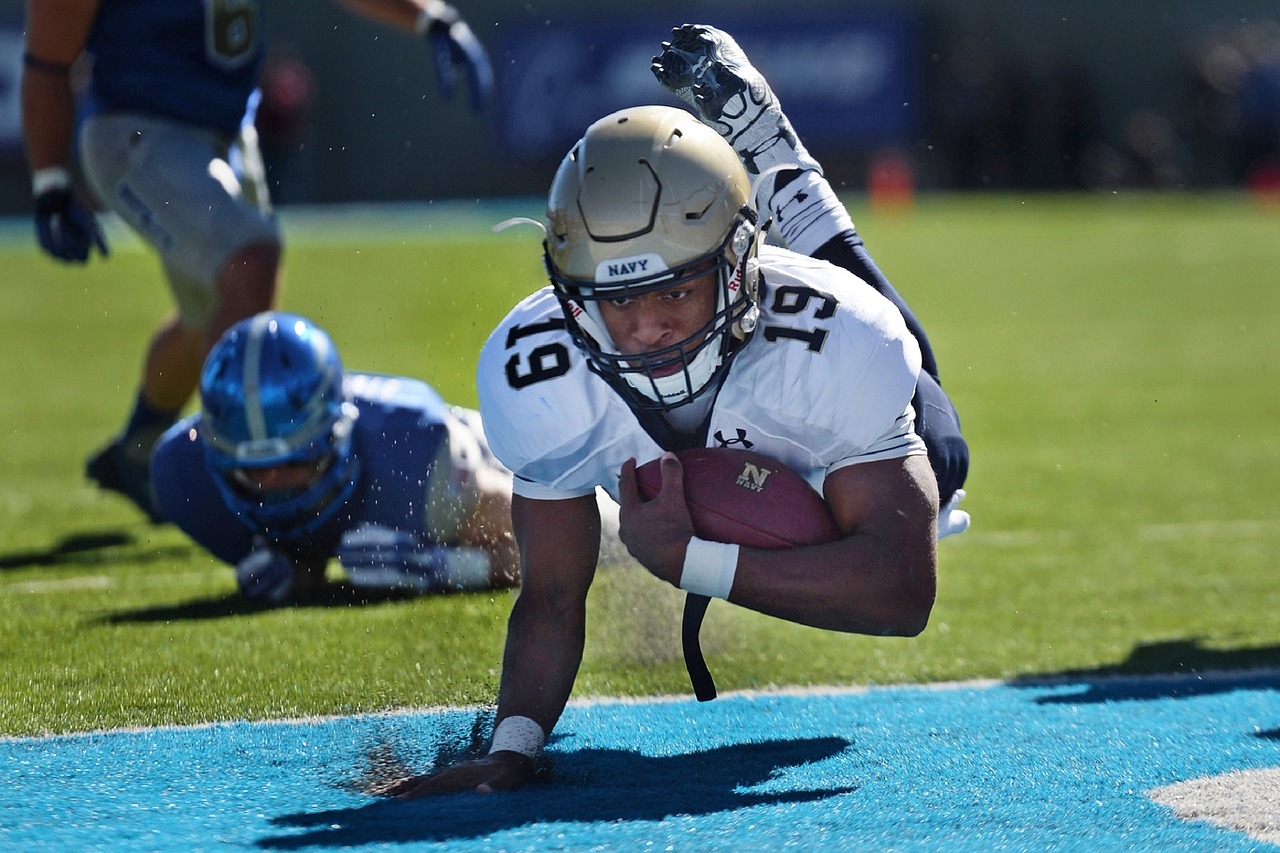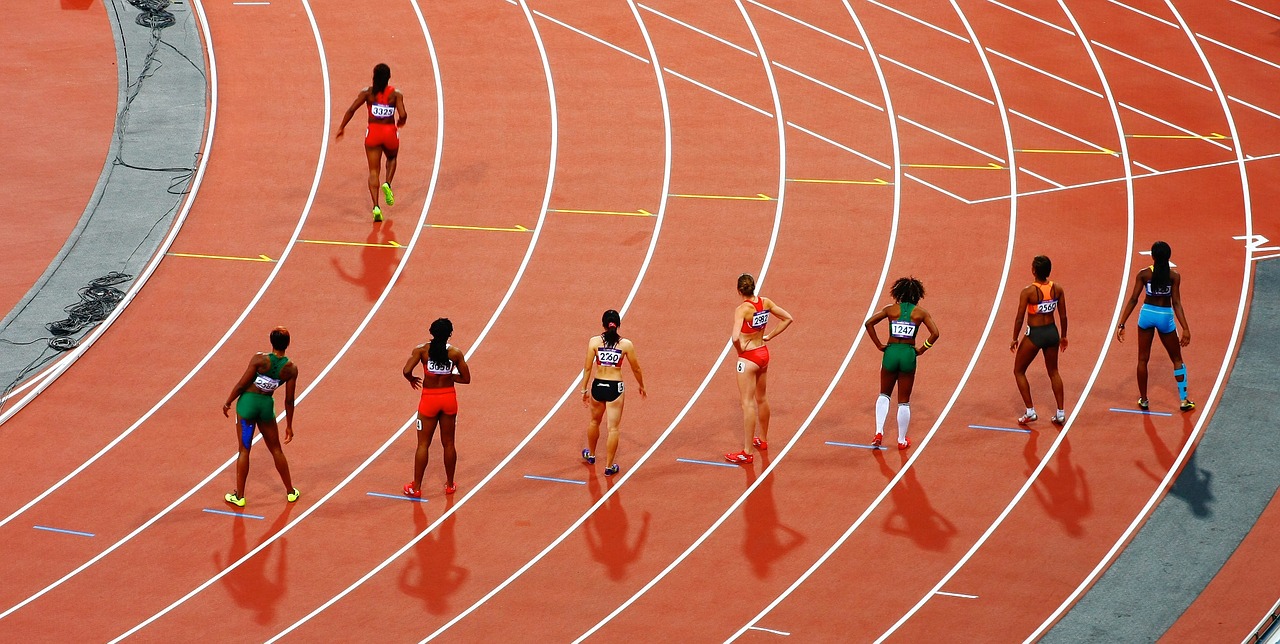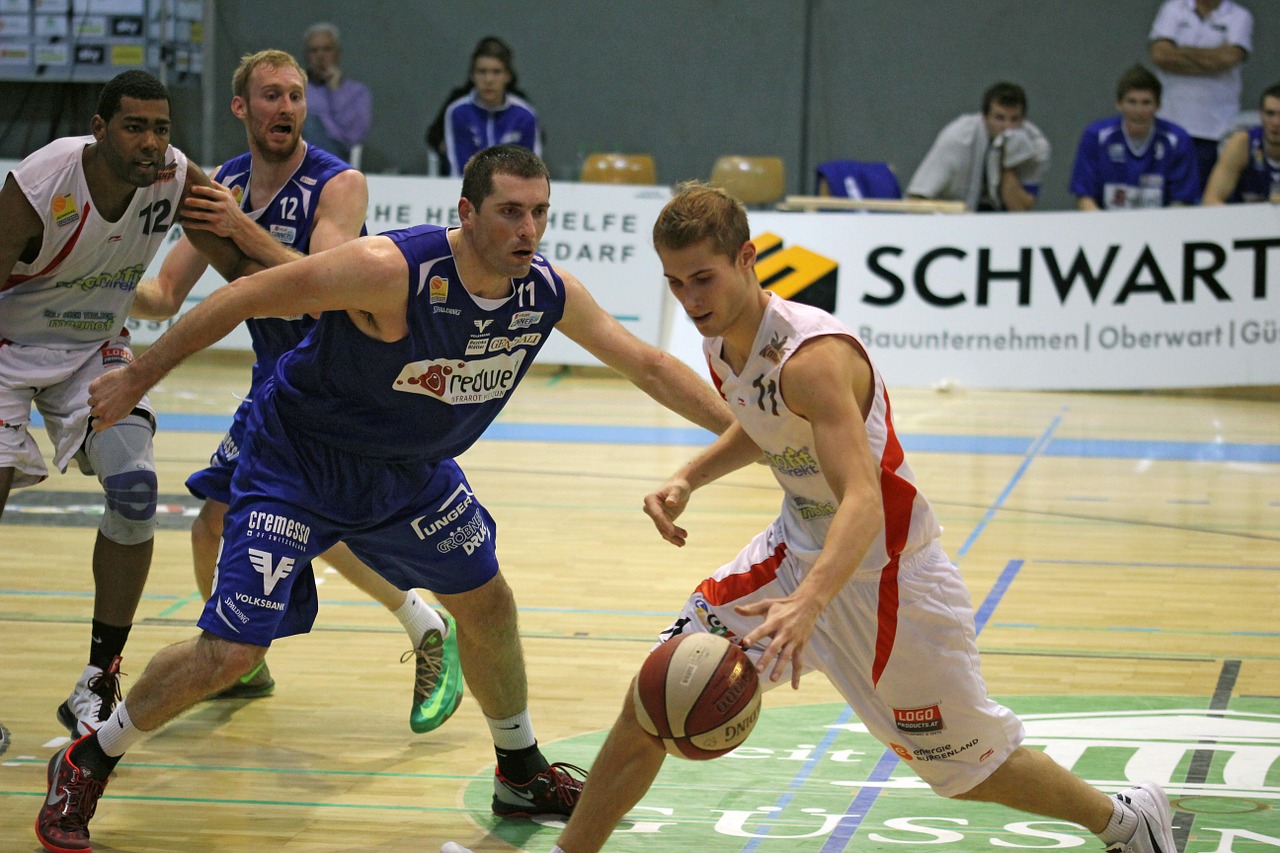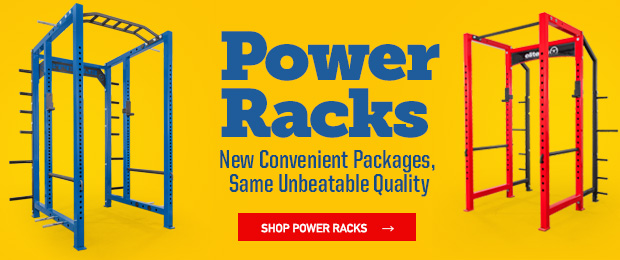
I'm a fan of Virginia Tech football. If you followed the team at all last year, you know that their regular season went from knocking off eventual national champion Ohio State in Columbus to a low point of losing 3-0 to Wake Forest.. in overtime. A big reason for the Hokies' precipitous drop was long-term injuries to key players: three quality tailbacks, a starting offensive tackle (on top of two other starters before the season began), the starting mike linebacker, a corner and a nose tackle with first-day draft talent and others.
As fan bases are wont to do, they looked to blame the strength and conditioning coach, in this case Mike Gentry. Now, Gentry is one of the greats of the industry and shares a great deal of credit with Frank Beamer and Bud Foster for making Virginia Tech a relevant football team in the mid-90s. Today, he's recognized as a continual innovator and one of the best motivators and educators in college strength and conditioning. So the odds of a forum commenter educating a coach like him is roughly zero. Admittedly, some weren't too bad. One person named a solid mobility guru as a good resource, though most fell along the lines of recommending CrossFit and P90X.
Despite most of the complaints involving two true freshman tailbacks who hurt their knees, the uncertainty and unpredictability of the incoming athlete's physical capacity rarely comes up during these conversations. Game film and training camps won't tell you much about an athlete's sleep and eating habits or about latent injuries waiting to be “uncovered” by the demands of college sports.
The preparation of future Division I athletes is a common worry among their future coaches, both of those on the sidelines and those in the weight room. A recent survey out of Boise State titled “How prepared are college freshmen athletes for the rigors of college strength and conditioning? A survey of college strength and conditioning coaches” hoped to find some agreement among a national survey of strength coaches in the United States. Unfortunately, the survey didn't live up to its potential.
I've been fortunate enough to assist a sociologist in developing a globally submitted 'expert' survey, so I have a little experience with the matter. Unfortunately for us, this strength and conditioning survey has method problems. The survey sample was small (only 57 of 195 coaches responded) and was sent to both head and assistant strength and conditioning coaches. This introduces an uncontrolled variable where a respondent might have been a specialist coach working primarily with a subset of sports, such as Olympic sports or the basketball teams.
Also problematic was the structure of the survey itself. The questions were:
- What is the highest academic degree that you have achieved?
- How long have you been working as a strength and conditioning coach?
- What is your gender?
- What strength and conditioning certifications do you hold?
- Approximately how many athletes come through your [sic] program in a year?
- What do you see missing athletically, physically and mentally with incoming freshman athletes (i.e. [sic] lack of knowledge of certain lifts, technique or other)?
- What exercises/movements are the most important for the majority of athletes?
- Do your answers to the previous two questions vary based on the gender of the athlete?
- In what specific areas can high school coaches and trainers better prepare for Division I athletics?
- Should high school and college strength and conditioning coaches be certified? If yes, which certifications do you recommend (i.e. CSCS, ACSM)?
For our purposes, questions six, seven, nine and 10 are the most relevant, though they're also the questions that are problematic. Generally, the questions don't appear to limit the number of answers that can be made. If one coach provides a single exercise as a problem while another provides five or six, issues of skewing will arise. The answers also aren't bound by degrees of specificity, leaving the research team to debate how to integrate the responses into cohesive results.
Specific to individual questions, question six invites a broad answer and then proposes examples that might lead a coach's response. Question nine introduces either personal or athletic trainers into a survey not otherwise designed to assess their skills or receive commentary from their college-based peers. And question 10 assumes a blanket 'yes' or 'no' answer for a question that might invite a more nuanced answer (e.g. a respondent might believe that college coaches should be certified but not high school coaches or that certification is a requirement for college coaches but more of a benefit than a necessity for high school coaches).
Even with a relatively small sample size and a fuzzy question set, some trends were identified:
- 37 percent identified poor Olympic lift technique as a problem
- 33 percent identified poor core/lower extremity strength as a problem
- 23 percent identified poor flexibility/mobility as a problem
- 23 percent identified mental toughness as a problem
- 23 percent identified knowledge of exercise technique/recovery as a problem
- 19 percent identified work capacity as a problem
Given the problems with the sample size and questions themselves, it would be tough to make much of this data even if there was greater consensus on all the identified issues. An outlier was that 97 percent of coaches believed that high school coaches and personal trainers should be certified, though there's no indication as to how this was arrived at given the structure of the relevant survey question. The sorting and expressing of the respondent answers also had an issue with overlap (e.g. “Olympic lift technique” can be seen as a subset of “exercise technique”). If a request had been made by respondents to weigh or rank their answers, this might've been clearer. Take work capacity, for example. I bet 100 percent of college strength and conditioning coaches believe that most of their first-year athletes have inadequate work capacity. I also bet that a similar percentage of college strength and conditioning coaches think that this is an easy fix. Does that mean conditioning is a major problem due to its frequency or a minor problem because it's correctable?
To date, the authors haven't published a follow up on this paper, though I'm curious to see what happens with a larger data set and or one that's more finely grained. Are the perceptions of the college coaches similar based on their level of competition? While the schools are all Division I, there's a significant, across-the-board talent gap between Power Five and other conferences and possibly a preparatory gap as well. At the same time, the demands on athletes differ between these institutions. Power schools are generally considered to have more demanding training requirements but more plentiful academic and social support than other conferences.
I think a focused sample would be more helpful to high school coaches in preparing their athletes, as most high school “strength coaches” are just the field coaches taking turns supervising the weight room. I'm also curious about how this plays out in terms of the young athletes themselves. My impression of regional high school track and field is that these sports often play second fiddle to other summer sports (e.g. a nominal middle-distance athlete might undertake only a light sport-specific training load due to also participating in a tactically demanding sport like softball).
While this was clearly intended for college coaches, high school coaches have been exposed to the findings, which invites a philosophical element to the situation. On any high school team, only a fraction of the athletes will go on to receive sport scholarships at institutes of higher education. Would these students be served well by programming to increase their work capacity or toughness? In their immediate future as single-sport athletes, the answer seems a near certain 'yes,' but for preparing them for further educational opportunities and/or employment, that's a tougher proposition to defend. It's also tougher to defend in the life of the traveling year-round athlete who participates in multiple leagues and in frequent events that require overnight travel. This is ultimately a question for parents as well but perhaps one that's far more important than the impressions and wishes of collegiate coaches.
Source
- Wade, Pope, Simonson (2014) A survey of college strength and conditioning coaches. Journal of Strength and Conditioning Research 28(10):2746–53.














1 Comment